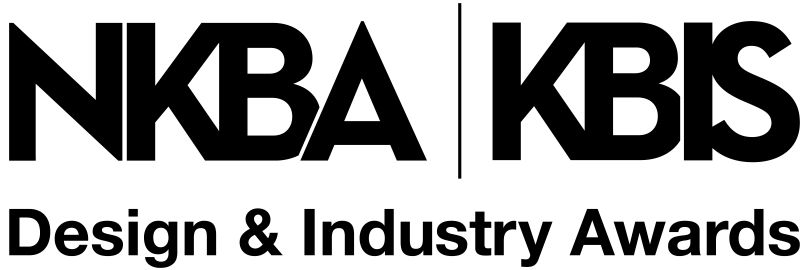Good lighting is crucial to the success of every project, and the easiest way to guarantee success is to work with an experienced lighting designer. Someone who has a vast knowledge of today’s ever-changing lighting technology. Someone who has spent years working with and understanding light. And most importantly, someone who will be responsible for bringing the interiors and architecture to life using light.
We’ve been called in to help fix countless projects where the lighting went awry – often because of an inexperienced lighting designer or no lighting designer being involved. It’s heartbreaking. So, what can you do to limit the risk if your projects don’t have the time or the budget to bring on a lighting designer? Below are our top five recommendations to sharpen your understanding of light and hopefully avoid the heartbreak.
Look at Lighting Every Single Day
Unfortunately, lighting is not something someone can become an expert in by learning vocabulary words and following step-by-step tutorials. The best lighting solutions are bespoke and tailored specifically to a project and its unique challenges. The key to understanding these solutions is observing light when you enter a restaurant, store or even your home. Look around for unintentional shadows or perfectly aimed highlights. It’s also important to observe the way lighting in different spaces makes you feel, whether it’s alert, cozy, unsettled or anything in between. Observing light everywhere you go is key to understanding how it can impact your designs.
Test, Test, Test
We have a saying at our office: “Seeing is believing.” While renderings can be powerful tools, they can also be misleading. Rendering light on a finish digitally doesn’t necessarily represent what the real-life outcome will be. At Focus Lighting, we utilize our double-height Lighting Lab to test all our project’s finishes under the real light source we’re specifying. We’ll also build mockups to help us work through tricky details like a tight cove or shallow shelf to help prevent any surprises onsite. But, even if a light lab isn’t available, you can always take your finishes into a dark room with a sample of the fixture you want to use and test them on finishes that way.
Think in Layers of Light
We’ve all been in rooms with a single overhead light. These rooms can easily feel too stark or shadowy. However, when you layer in additional sources of light – like a beautiful decorative pendant, some integrated shelf lighting or a few strategically placed overhead accent lights – the shadows within the space are softened, objects feel more dimensional, people’s faces look more attractive, and the whole space looks more visually interesting.
Bathroom lighting in the home is often a single overhead light; adding sconces on either side of the mirror brightens the face and eliminates shadows that would otherwise interfere with the perfect shave or face of makeup. Think about creative ways to combine multiple sources of light in each space. Using only one layer of light is almost always a mistake.
Use Light to Create Beautiful Compositions
An additional benefit of designing with multiple layers of light is that you can use those layers to help craft the visual composition people see when they experience a space. Just like the old master painters would, we try to create visually pleasing compositions that have a foreground, a background, a frame and a focus. The brightness and color of each lighting layer, combined with the color, value and texture of the items being lit creates this visual hierarchy. This in turn directs the eye’s attention to the most important items in the space, allowing the other elements to recede. If you have a beautiful piece of art in the living room, you’ll want to light it in a way that the eye is immediately drawn there. With a well-crafted composition, light can not only lead the eye but can also help you create a memorable first impression.
The Devil Is in the Details
When it comes to lighting, the details matter, as even the smallest mistake can ruin a design. As a young designer, I helped aim the lighting for a landmark hotel in Dubai. The façade of the building was bathed in these amazing colors from hundreds of sophisticated light fixtures. But all it took was the white light from a small, misplaced tree uplight to wash out all that beautiful color. Any number of things could scuttle your lighting design. Is the paint in the cove you’re lighting too shiny? Will the contractors understand how to correctly install the fixture you specified? Do the fixtures you chose dim low enough without flickering? The list is seemingly endless, but if you think ahead about what could go wrong and concentrate on the critical details, you can get ahead of any surprises.
—By Focus Lighting








